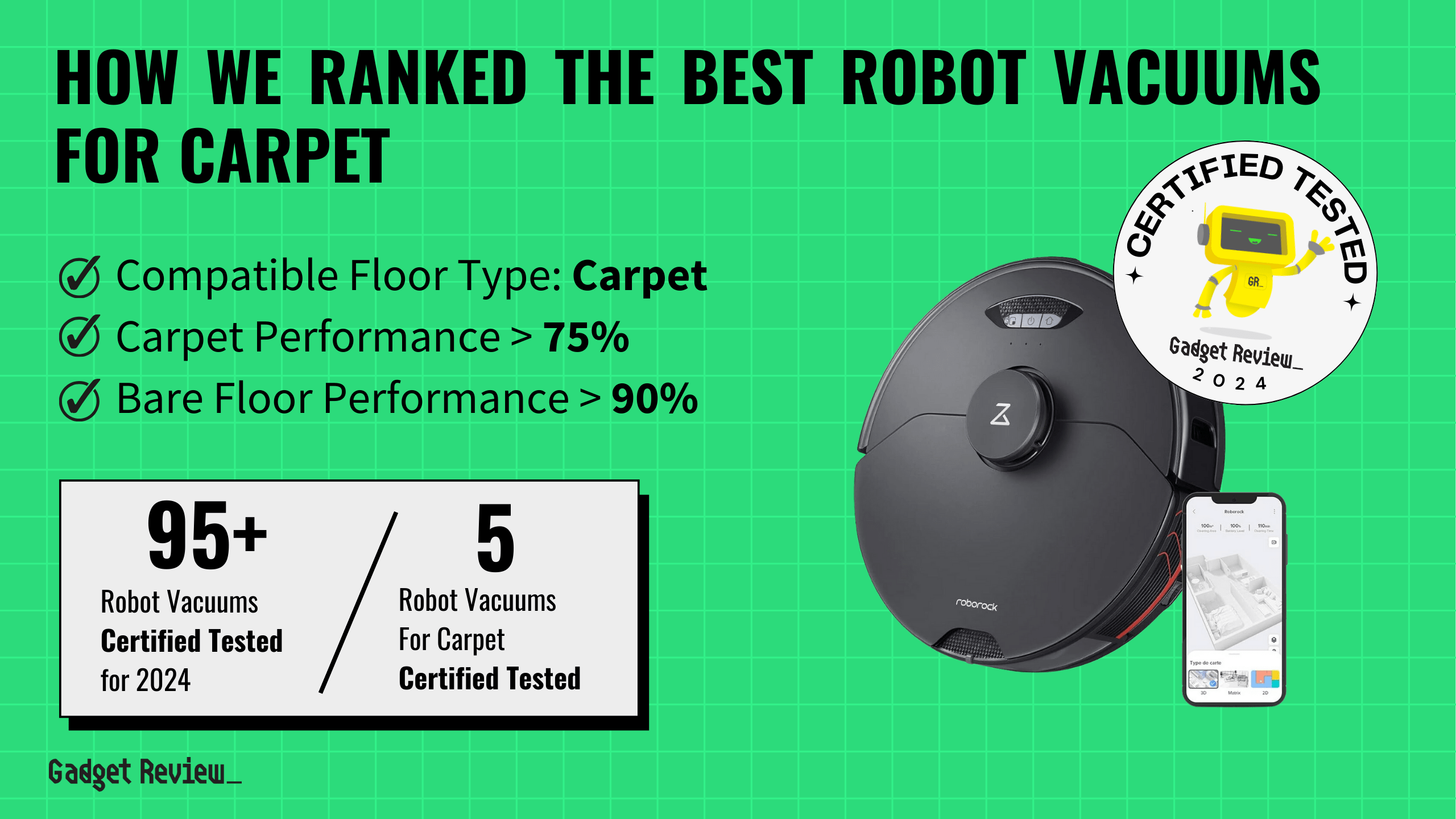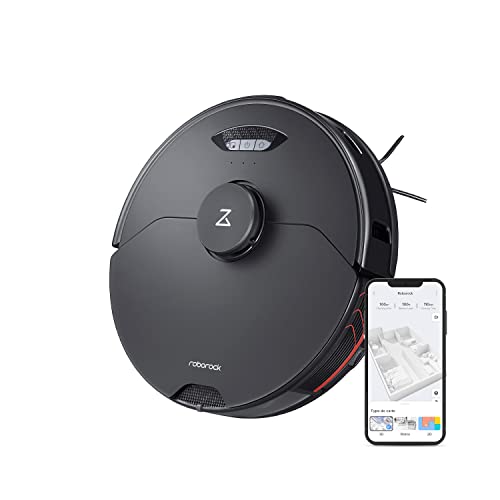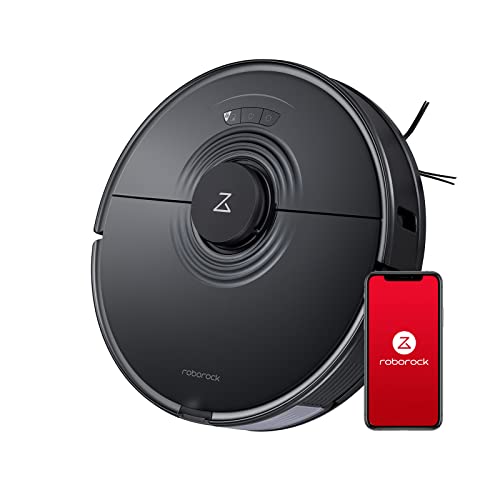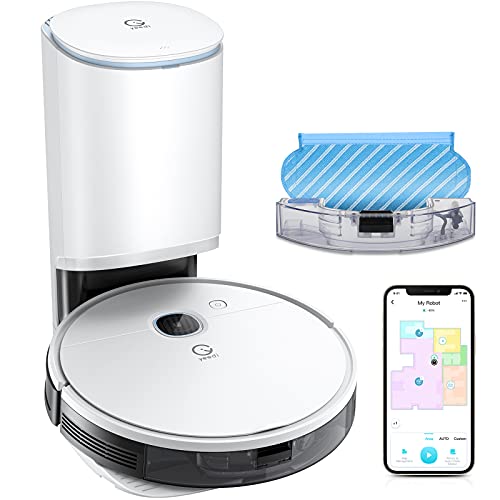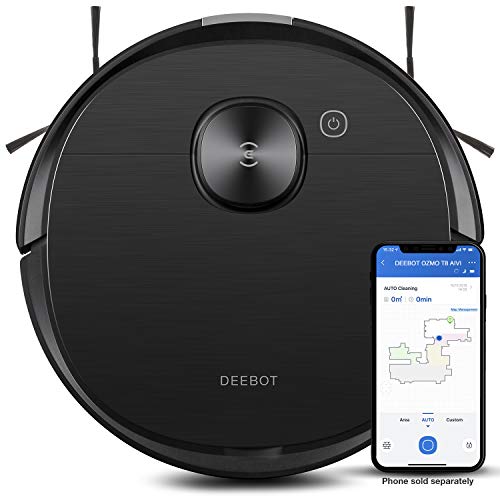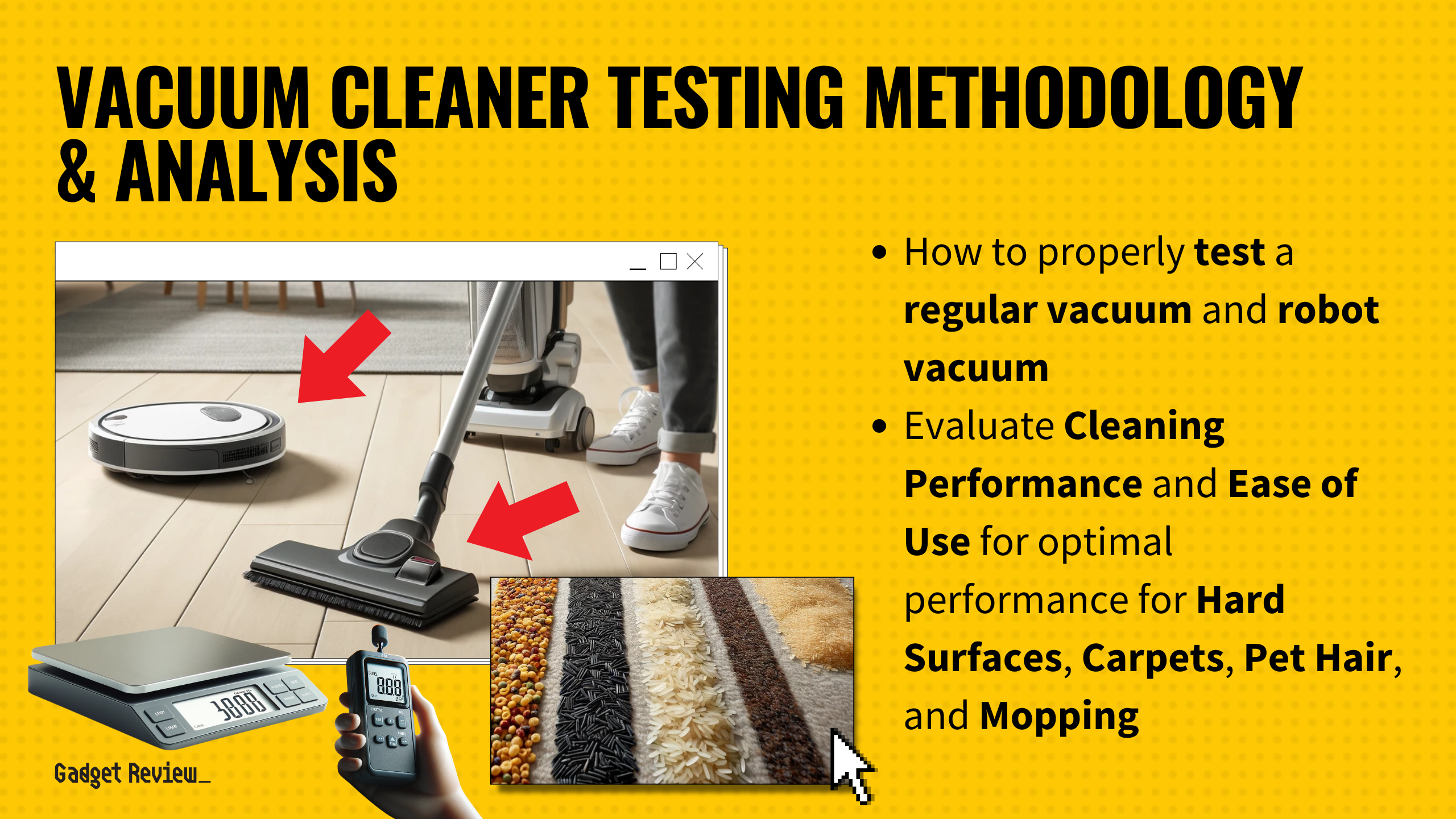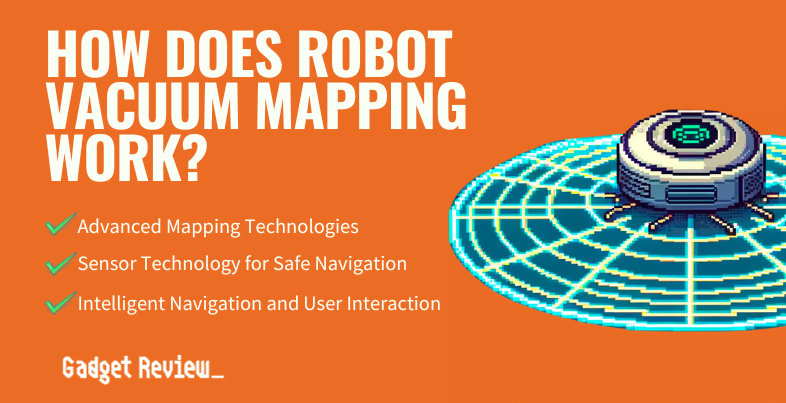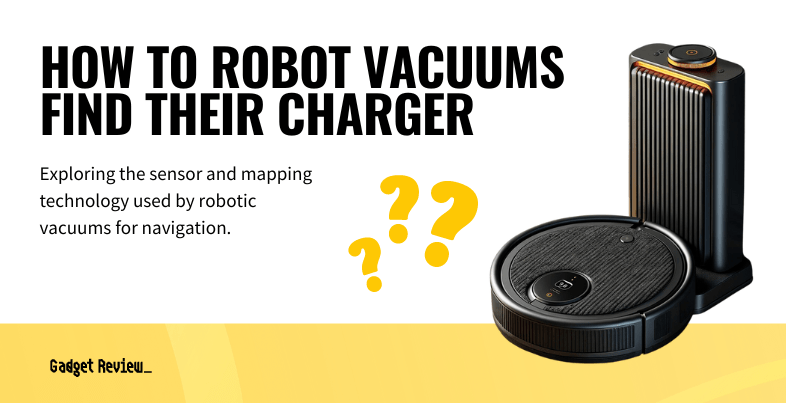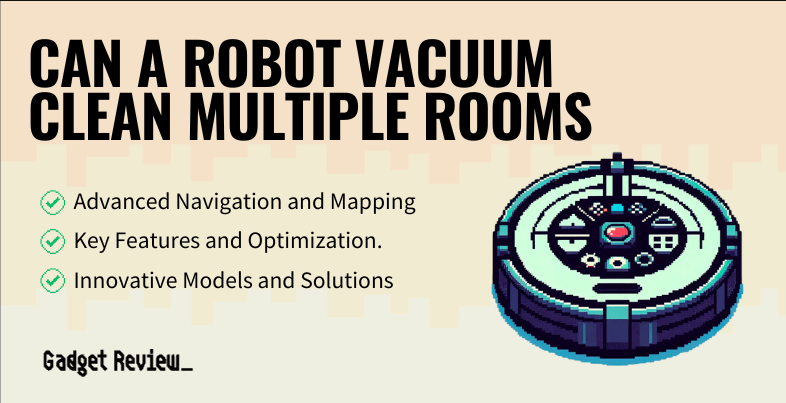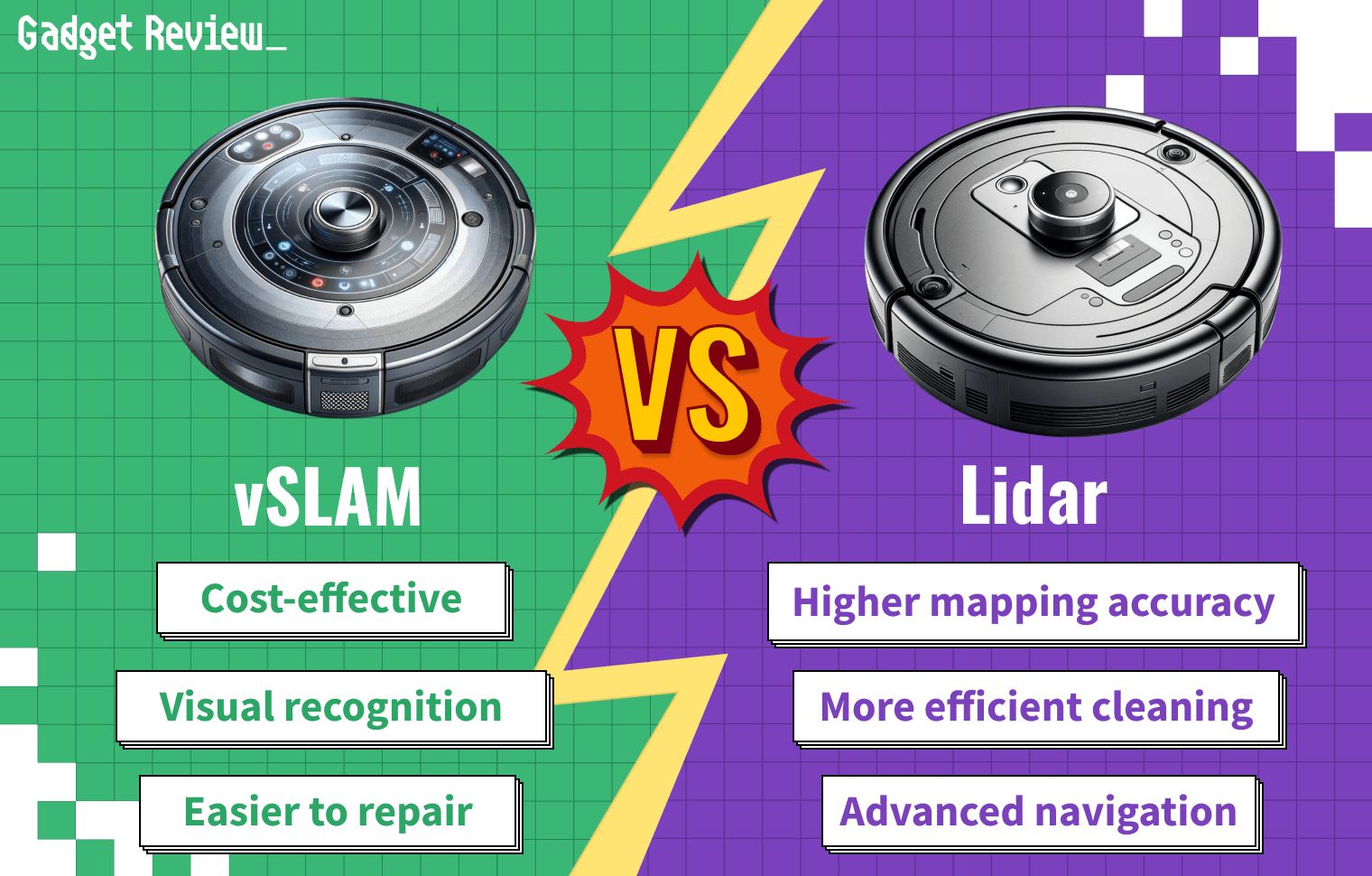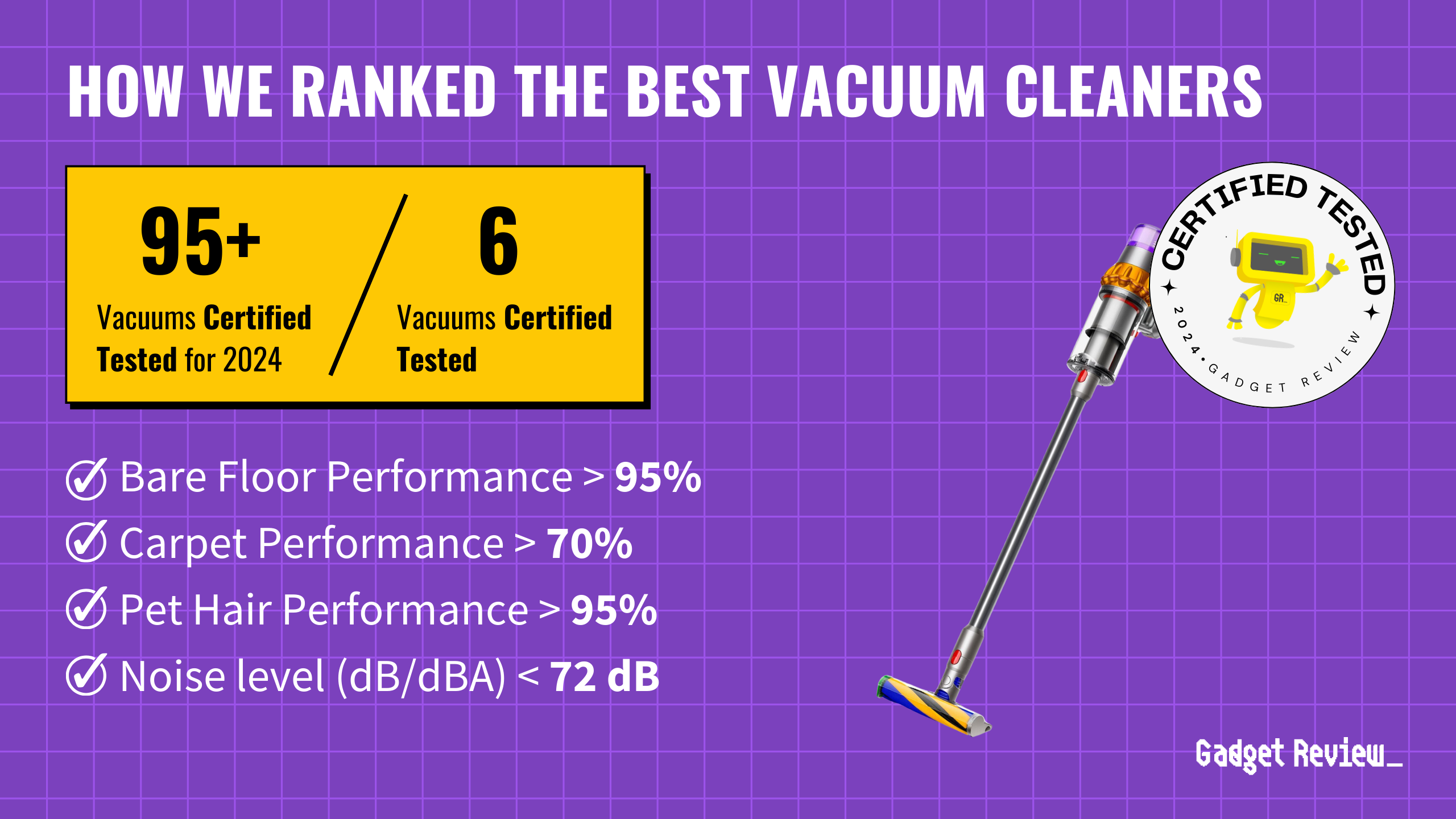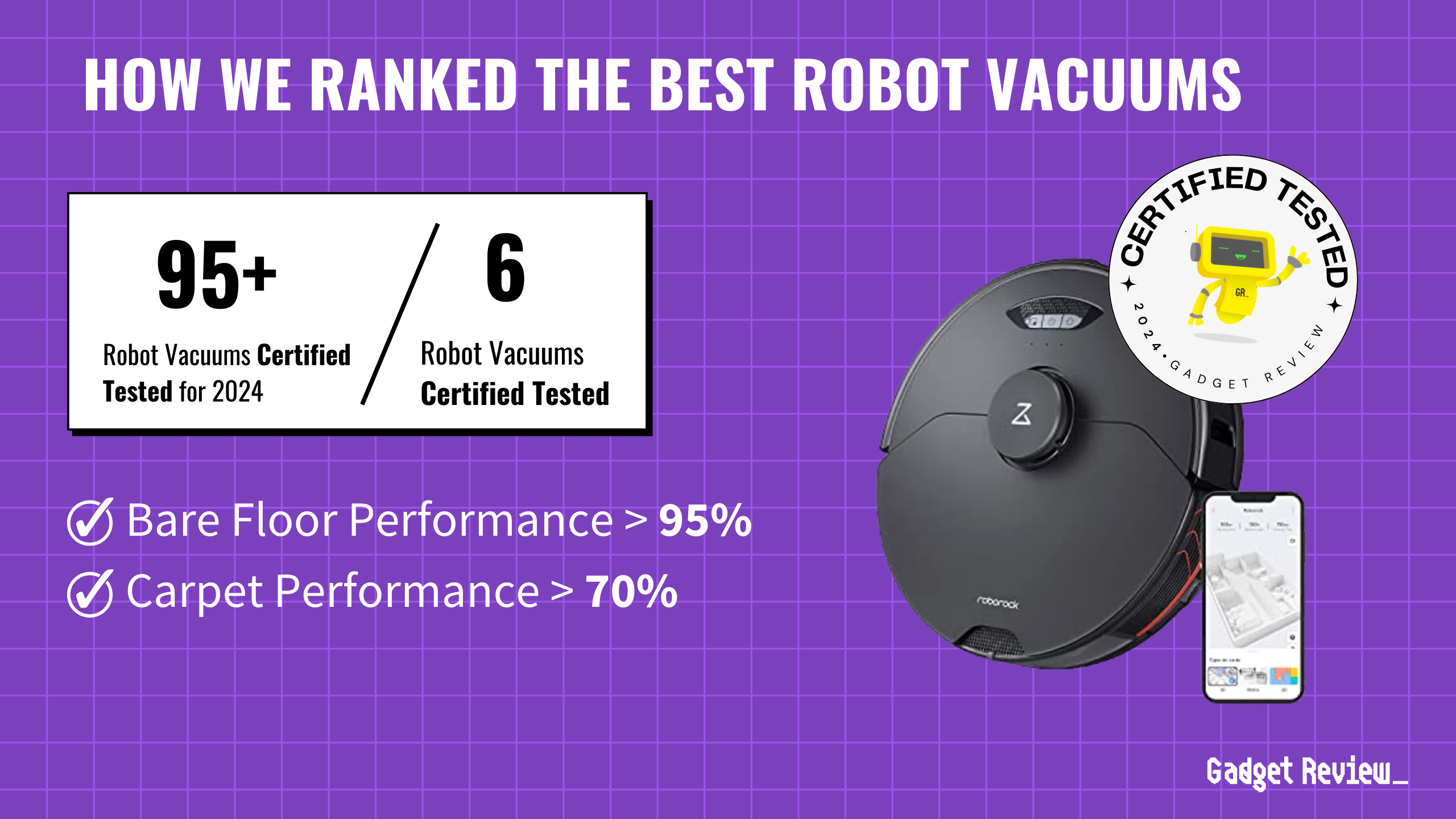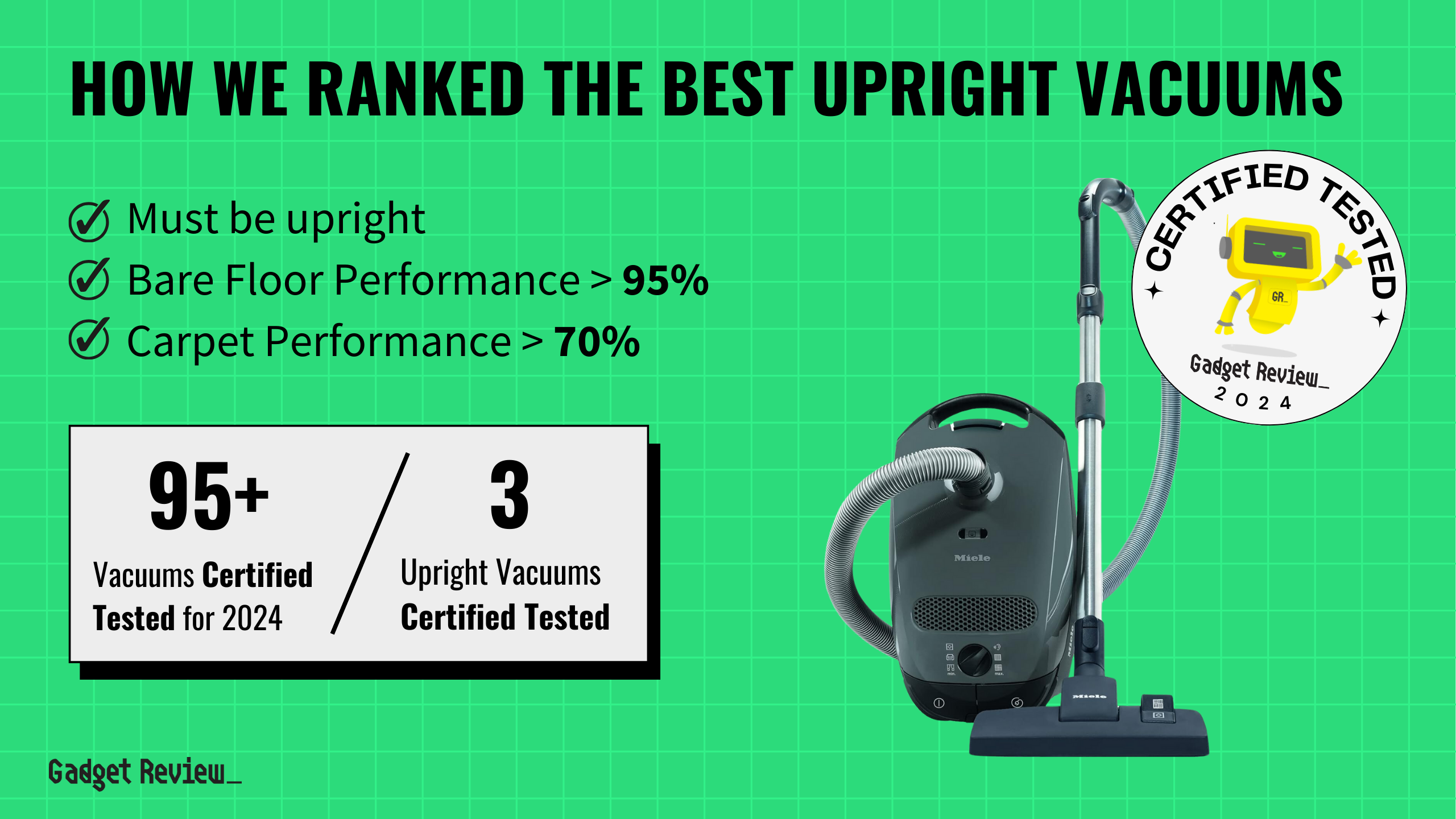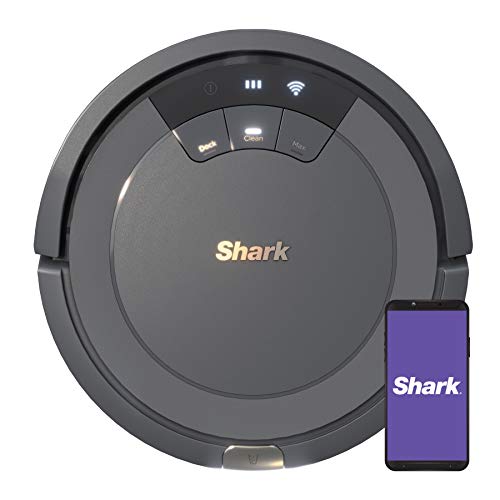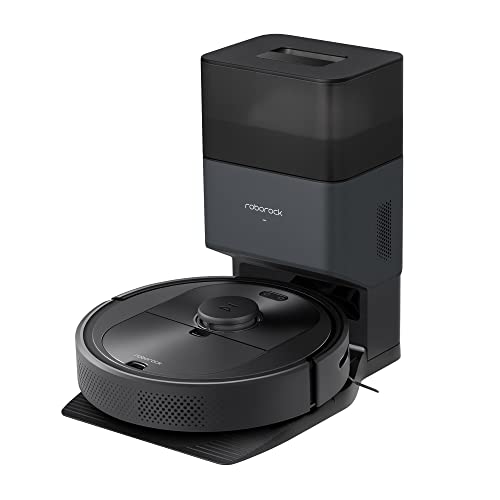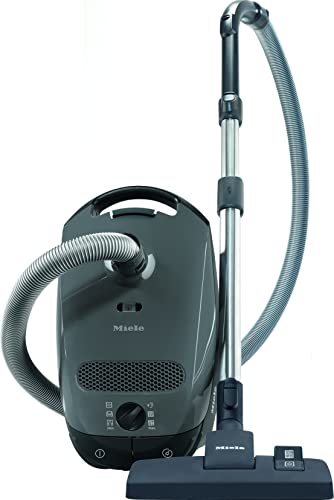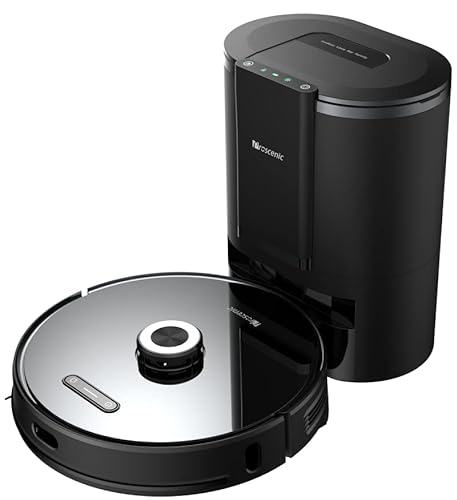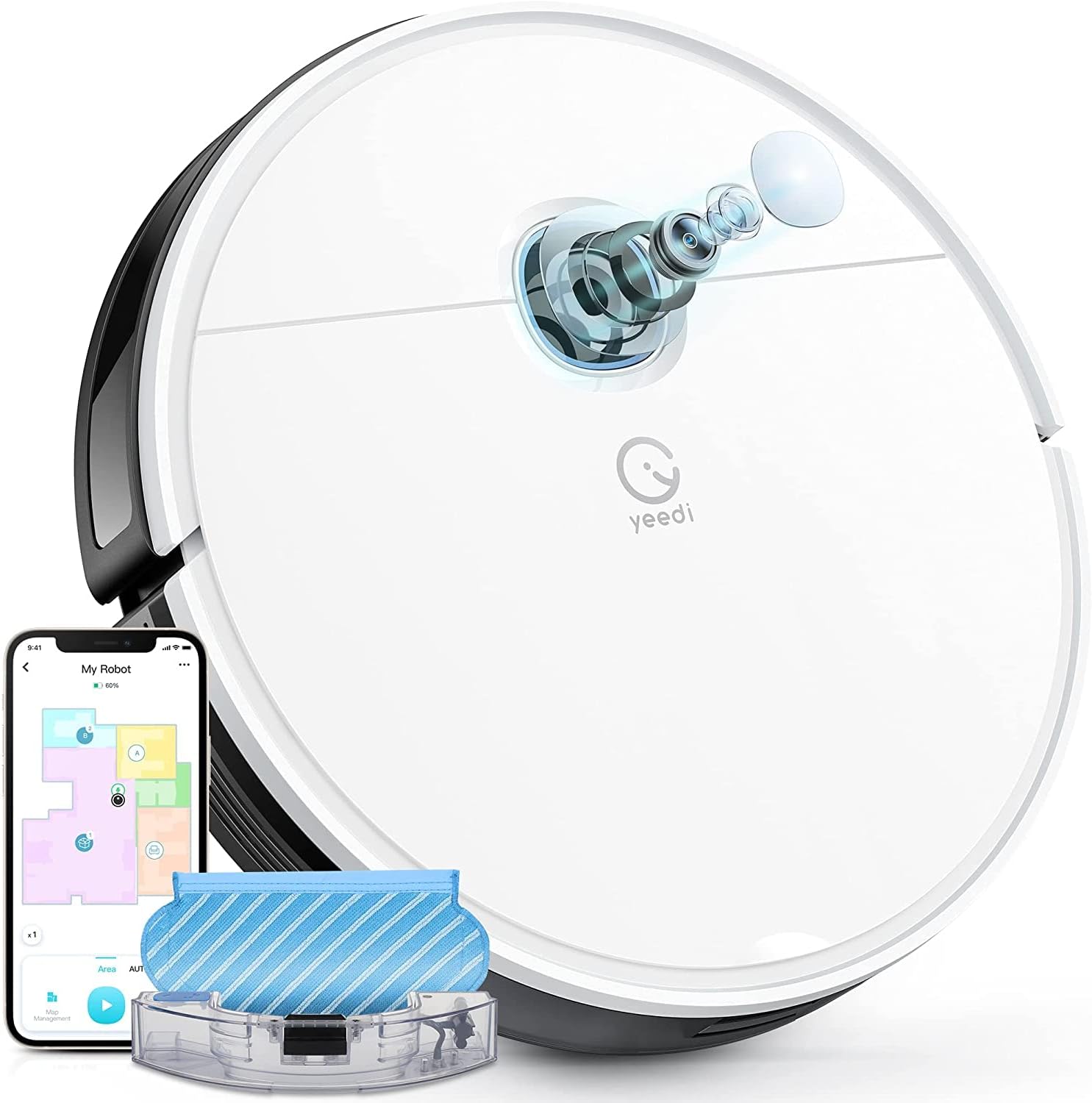For carpeted floors, a robot vacuum with strong suction and efficient navigation is a must. The best models feature powerful motorized brush rolls that agitate and lift embedded dirt from deep within the fibers. We analyzed 99 robot vacuums, certified five models as tested and scrutinized 155,700 reviews.
Our approach uses our data-driven True Score system to filter out fake and low-quality reviews, ensuring reliable recommendations. Winning vacuums performed excellently in tests, offering features like customizable cleaning schedules, virtual no-go zones, and large dustbins. Durable construction and reputable brands guarantee long-term satisfaction and optimal carpet performance.
How Did We Rank the Best Robot Vacuums for Carpet?
Our guide to the best robot vacuums for carpets is backed by an extensive review of over 200 websites. We meticulously examined testing methods and customer reviews, cross-referencing them with expert analyses. By identifying key criteria such as 3 required test results, 3 additional features, and 1 essential specification, we pinpoint the top performers. Our True Score system ensures you have a reliable resource for making an informed decision.
Our commitment to unbiased reviews is powered by our ‘True Score’ system, targeting low quality and fake reviews. When you shop through our links, you’re backing our mission. Dive deeper to see how.
?️ Minimum Specifications
- Resolution: A 4K resolution, delivering ultra-high definition for crystal-clear visuals.
? Test Criteria
- SDR Brightness: Equal to or greater than 300 nits, ensuring a bright and clear display under any lighting conditions.
- HDR Brightness: 1000 nits or more, to reveal the finest details in high dynamic range content.
- Color Accuracy: At least 90% of the DCI P3 color gamut, providing rich and vibrant colors.
? “Nice To Haves”
- Contrast Ratio: 10,000:1 or higher, offering deep blacks and bright whites for an exceptional viewing experience.
- EOTF Accuracy: Delta E less than or equal to 0.018, for precise brightness and contrast across the board.
- Fast Response Time: 10ms or less, ensuring smooth transitions without motion blur.
Latest Updates
- 02/19/2024: Published the list of best robot vacuum cleaners based on our True Score system.
Best Robot Vacuums for Carpet For 2025
Prices accurate at the time of publishing

Best Overall

Runner Up

Best Value

Best Budget

Best Mid-Range

Premium Pick
Yeedi K650
Ideal for pet owners, the Yeedi K650 excels at removing pet hair and is effective on mixed flooring, ideal for larger homes and minimal disruption.
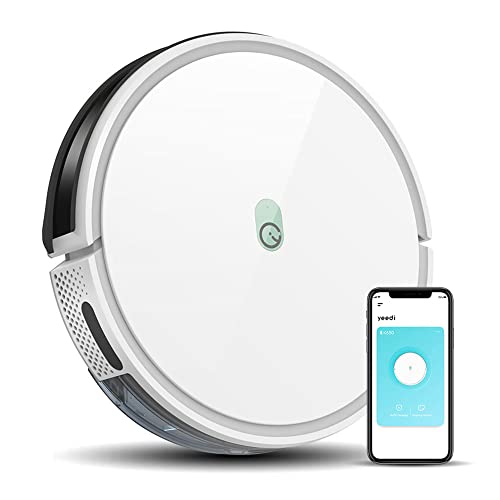
True Score
76797Experts
815kCustomers
Mixed Reviews

Read More
Snapshot
Reasons to Buy
- Effective cleaning
- Outstanding runtime
- Decent-sized dirt cup
- Quiet operation
Reasons to Avoid
- Sub-par navigation system
- High maintenance costs
- Lacks smart features
Specifications

Bagless Yes 
Bin Capacity 0.6 L 
Brush Roll Shut-Off No 
Carpet Height Adjustments Unknown 
Cleaning Path Width Unknown 
Compatible Floor Type Carpet 
Cord Length Unknown 
Corded/Cordless Cordless 
Filter Type Other 
Hypoallergenic No 
Pet Yes 
Product Weight 6.7 lbs 
Vacuum Type Robotic 
Wet And Dry Usage No All Specs
Test Results
Bare Floor Performance (% of Debris Cleaned) 96 Carpet Performance (% of Debris Cleaned) 77 Pet Hair Performance (% of Debris Cleaned) 98 Noise level (dB) 63 Battery Life (Minutes) 142 All Retailers
Availability
Free Shipping
Our Verdict
Ideal for pet owners, the Yeedi K650 is exceptional at removing pet hair, boasting a best-in-class 98.33% pickup rate of fur on carpets and furniture. It’s particularly effective for homes with mixed flooring, cleaning carpets, and bare floors at rates of 77.05% and 95.85% respectively.
The Yeedi K650 is suitable for medium-to-large homes by offering a long battery life of 142 minutes and a bin capacity of 0.16 gallons, reducing the need for frequent stops to recharge or empty. Operating at a quiet 63.5 dB, it ensures minimal disruption during its cleaning cycles. It also weighs a lightweight 6.7 lbs, making it easy to move and handle around your home in case it gets stuck while cleaning around rugs and furniture.
Both the K650 and the Yeedi Vac Station have similar noise control and pet hair removal capabilities, but the K650 excels with better performance on bare floors and is more cost-effective, ideal if you’re budget-conscious. With its self-emptying feature and larger bin, the Vac Station offers added convenience if you prefer less hands-on maintenance.
If you live with several pets and need a vacuum that can handle mixed floor types and capture pet hair, the Yeedi K650 is a robust vacuum. It may not have the most efficient carpet cleaning rate compared to other models, but it offers great value and functionality, especially for pet owners in larger spaces, though it lacks the self-emptying convenience of pricier models.
Read Less
Which Criteria Matters for Testing Best Robot Vacuums for Carpet?
By focusing on these criteria (2 required, 3 nice to have), anyone can quickly and easily compare these vacuum cleaners and how they’ll perform. This helps you make an informed decision and purchase a vacuum cleaner that will meet your needs.
| CRITERIA | RANGE | REQUIRED | DEFINITION |
|---|---|---|---|
| Bare Floor Performance | > 95% | Yes | How much debris the vacuum sucks up when cleaning bare surfaces like tile, vinyl planks, and hardwood floors. |
| Carpet Performance | > 75% | No (Nice to have) | How much debris the vacuum sucks up when cleaning carpets, including low pile and high pile. |
| Pet Hair Performance | > 95% | Yes | How much pet hair the vacuum sucks up from any surface. |
| Noise Level | < 72 dB | No (Nice to have) | How loud the vacuum is while running and in use. |
| Battery Life | > 90 min | No (Nice to have) | How much time a robovac can run before it needs to be recharged. |
Our Trusted Data Sources
We looked at 120+ robot vacuum cleaner reviewers and found that 27 are trustworthy (60%+ Trust Rating). The three we have listed below are our most trusted for vacuum cleaner.
- James Morris – Kit Guru, LinkedIn
- Matt Spencer – TechGearLab, LinkedIn
- Brian Nadel – Tom’s Guide, MuckRack
Interested in a comprehensive analysis of our data sources? We’ve got you covered. Below, you’ll find a detailed list of every vacuum cleaner review website we’ve identified, organized by their respective Trust Ratings from highest to lowest. But we didn’t stop there. We’ve meticulously reviewed each publication and verified the data by checking whether the authors have bio links to MuckRack or LinkedIn. We’re committed to not only checking the facts but ensuring their veracity.
Vacuum Cleaner Test Data & Results
1. Bare Floor Performance Test Results
As the name suggests, bare floor performance references how well a vacuum does when it’s cleaning up tiles, vinyl planks, or hardwood flooring. Debris comes in a variety of sizes of course, and much of the testing revolves around picking up debris that ranges in size from cereal to bits of dirt to sand to a mix of everything above and more.
We recommend that a vacuum be able to pick up at least 95% of debris from a bare floor to ensure you end up with clean floors. Hitting a perfect score is obviously ideal, but the worse a vacuum performs here, the more work you need to do sweeping up or re-vacuuming. Missing debris is frustrating, and can invite pests if you miss bits of food, or annoyance if you step on something barefoot and hurt yourself.
Bare Floor Performance
> 95%
Acceptable range of performance
Definition: How much debris the vacuum sucks up when cleaning bare surfaces like tile, vinyl planks, and hardwood floors.
Units of Measurement: % (percentage)
Tools to Measure: Scale
Why It’s Important:
A vacuum is supposed to clean, so if it can’t pick up most of the debris on a floor, it’s not doing its job.
Bare Floor Performance in % (higher is better; 0 = No Data)
2. Carpet Performance Test Results
Carpet Performance
> 75%
Acceptable range of performance
Definition: How much debris the vacuum sucks up when cleaning carpets, including low pile and high pile.
Units of Measurement: % (percentage)
Tools to Measure: Scale
Why It’s Important:
If you have carpet, how well a vacuum cleans directly impacts how your carpet feels to walk on, and prevents pests from moving in.
Carpet cleaning ability is another important part of how your vacuum performs. Whether you have low-pile, high-pile, or rugs, how effectively a vacuum cleans up the dirt and debris left behind on the carpet is enormously important to keeping your carpet comfortable.
Generally speaking, we recommend a carpet cleaning performance of at least 75%. You might notice this is much lower than bare floors, and that’s because carpet is harder to clean. Short of devoting the time to actually shampoo and dry out a carpet, thoroughly cleaning out a carpet is very difficult, and good vacuums will reach deep between fibers and pull out long-forgotten crumbs.
Carpet Performance in % (higher is better; 0 = No Data)
3. Pet Hair Performance Test Results
If you own pets, the ability of a vacuum to suck up pet hair, be it with attachments or the brush itself is extremely important. Pet hair can stick to furniture, dig itself into the carpet, and clump together under beds and in corners. If you have allergies and need to keep pet hair out of your home as best as you can, you’ll need a vacuum that gets rid of as much pet hair a possible when cleaning.
We recommend that a vacuum has a pet hair cleaning performance of at least 95%. Higher is always better, but if you can get rid of most of the pet hair, you’ll have an easier time breathing and less dander flying away and sticking to clothes and furniture. Poor pet hair cleaning performance can invite repeated vacuuming and more annoyance for anyone who suffers from allergies.
Pet Hair Performance
> 95%
Acceptable range of performance
Definition: How much pet hair the vacuum sucks up from any surface.
Units of Measurement: % (percentage)
Tools to Measure: Speed-checking software
Why It’s Important:
If you have pets and want to keep your home free of pet hair, you need good pet hair cleanup performance.
Pet Hair Performance in % (higher is better; 0 = No Data)
4. Noise Level (dB/dBA) Test Results
Noise Level (dB/dBA)
< 72 dB
Acceptable range of performance
Definition: How loud the vacuum is while running and in use.
Units of Measurement: dB (decibels)
Tools to Measure: Sound pressure level meter
Why It’s Important:
Vacuums make noise, and if you live in a home with skittish pets, young children or thin walls, lower volume makes vacuuming less disruptive.
Every vacuum will make noise, but some make less than others. If you have to deal with thin walls, or skittish pets and very young children, lower levels of noise are going to be more attractive. There is, however, a limit to how quiet vacuums can get, and at some point, lower noise levels are going to come at the cost of suction.
Aiming for a noise level of 72 dB or less is generally ideal, as this puts the vacuum cleaner right around the noise of a washing machine, which isn’t terribly disruptive. Lower is good if it doesn’t come at the cost of performance, and higher volume isn’t terrible if the noise won’t bother you or anyone else. For reference, 60 dB is the noise level of a typical conversation, while 80 dB is around the sound level of a lawnmower.
Noise Level (dB/dBA) (lower is better; 0 = No Data)
5. Battery Life (mins) Test Results
Robot vacuum cleaners can only run for so long before their battery dies. Some models feature an auto-dock feature that sends the unit home before the battery dies, while others choose to wander under your couch and die. A longer battery life helps reduce the likelihood of a unit dying before it finishes its job, and helps reduce the overall time it takes to clean your home by taking fewer “rest stops” to charge.
Your robot vacuum should have a least a battery life of 90 minutes, but longer is always appreciated. Low battery life doesn’t overly impact performance, but it does greatly increase the amount of time it takes for your robot vacuum to clean anything, given it’ll have to keep pausing to charge.
Battery Life
> 90 min
Acceptable range of performance
Definition: How long the vacuum can run before the battery dies.
Units of Measurement: min (minutes)
Tools to Measure: Timer
Why It’s Important:
Longer battery life means fewer interruptions when your vacuum is cleaning because it’ll have to stop and charge less.
Battery Life (min) (higher is better; 0 = No Data)
Best Robot Vacuums for Carpet: Mistakes To Avoid
- Ignoring Suction Power and Brush Design: One of the most critical aspects of a robot vacuum for carpets is its suction power and brush design. Some models have weak suction that isn’t sufficient for deep cleaning carpets. Ensure the vacuum has powerful suction and a brush roll that can agitate and lift dirt from carpet fibers effectively.
- Not Considering Carpet Compatibility: Not all robot vacuums are designed to handle high-pile or thick carpets. Some models may get stuck or have difficulty moving on such surfaces. Verify that the robot vacuum is suitable for the type of carpet in your home. Look for features like adjustable height settings and specialized carpet modes.
- Overlooking Battery Life and Coverage Area: Robot vacuums with short battery life may not complete cleaning large carpeted areas in a single run. Choose a model with a long battery life and sufficient coverage area for your home’s carpeted spaces. Models with automatic recharge and resume capabilities can also ensure the vacuum completes its job efficiently.
- Neglecting Filtration Systems: Carpets can trap dust, allergens, and pet dander. A robot vacuum with a poor filtration system may release these particles back into the air. Opt for a model with a high-efficiency particulate air (HEPA) filter or similar filtration system to ensure cleaner air and better overall cleaning performance.
The Best Robot Vacuums for Carpet Tests Compared
Product |
True Score
|
Bare Floor Performance
|
Carpet Performance
|
Pet Hair Performance
|
Noise Level
|
Battery Life
|
Column 8 |
|---|---|---|---|---|---|---|---|
| 84 |
|
|
|
|
| |
| 81 |
|
|
|
|
| |
76 |
|
|
|
|
| ||
75 |
|
|
|
|
| $429.00 $500 $71 | |
73 |
|
|
|
|
| $149.99 |

